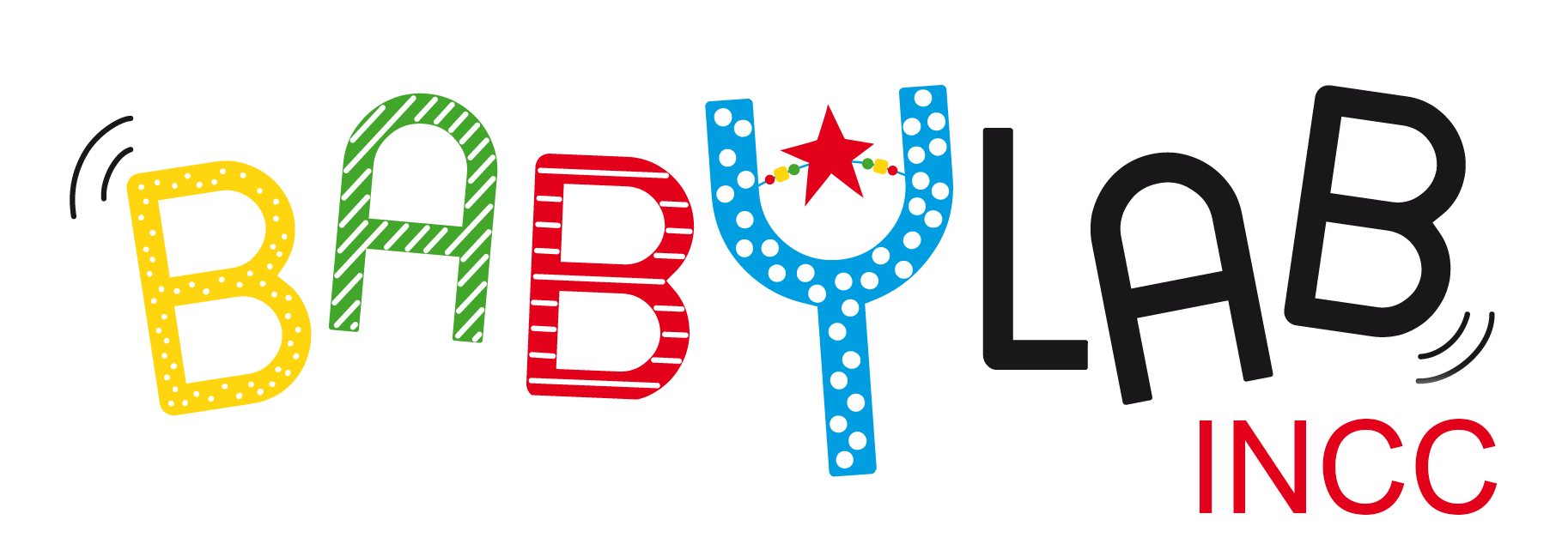Development of speech perception in noise
2018-2021
Knowledge of the development of basic auditory skills is of fundamental importance for understanding the development of speech perception and language acquisition. It is useful for understanding typical language acquisition but it also has great value for the understanding and rehabilitation of deafness, particularly in infancy and childhood. In Europe, about 1-3% of children (30,000 in France alone) suffer from hearing impairment (HI) caused by cochlear damage. Even though hearing and speech understanding can be partly restored via hearing aids and cochlear implants (CI), children with HI show a high variability in auditory development and language outcomes. According to the French Law n°2005-102 “l’égalité des droits et des chances, la participation et la citoyenneté des personnes handicapées” children suffering from HI have the same rights as children with normal-hearing (NH) to be included in mainstream schools. However, those kids have specific difficulties to perceive speech in noisy environments. Recent reports indicate that noise levels in classrooms could reach up to 70 dB SPL. This level of noise represents a real risk for education specially for language acquisition and reading and more particularly for children with special-educational needs. Thus, a crucial societal challenge is to find predictors of hearing-aid and cochlear-implant efficiency and language development for young HI children.
The present proposal seeks predictors of poor speech perception in noise in childhood by focusing on the development of auditory processing. More specifically, this project aims to characterize the role of sensory and non-sensory mechanisms involved in the development of speech perception in noise for normal-hearing and hearing-impaired children. Using a combination of psychophysical and psycholinguistic paradigms, we will unveil the dominant factors limiting speech understanding in noise between 6 and 11 years of age for NH and HI children equipped with hearing-aids or cochlear implants. In combination with ideal-observer analysis and computational modelling, our set of behavioral tasks will tease apart the role of sensory factors such as auditory temporal resolution from non-sensory factors such as internal noise, sampling efficiency, or limited auditory memory. The outcomes will substantially improve theoretical knowledge in language education by exploring how children learn a language in noisy environments such as classrooms and will also have significant clinical implications with regard to the rehabilitation of sensorineural-hearing loss for HI children.


